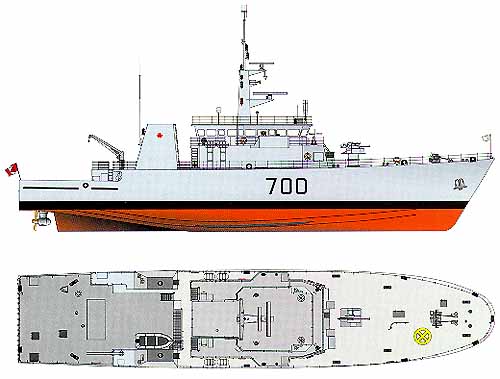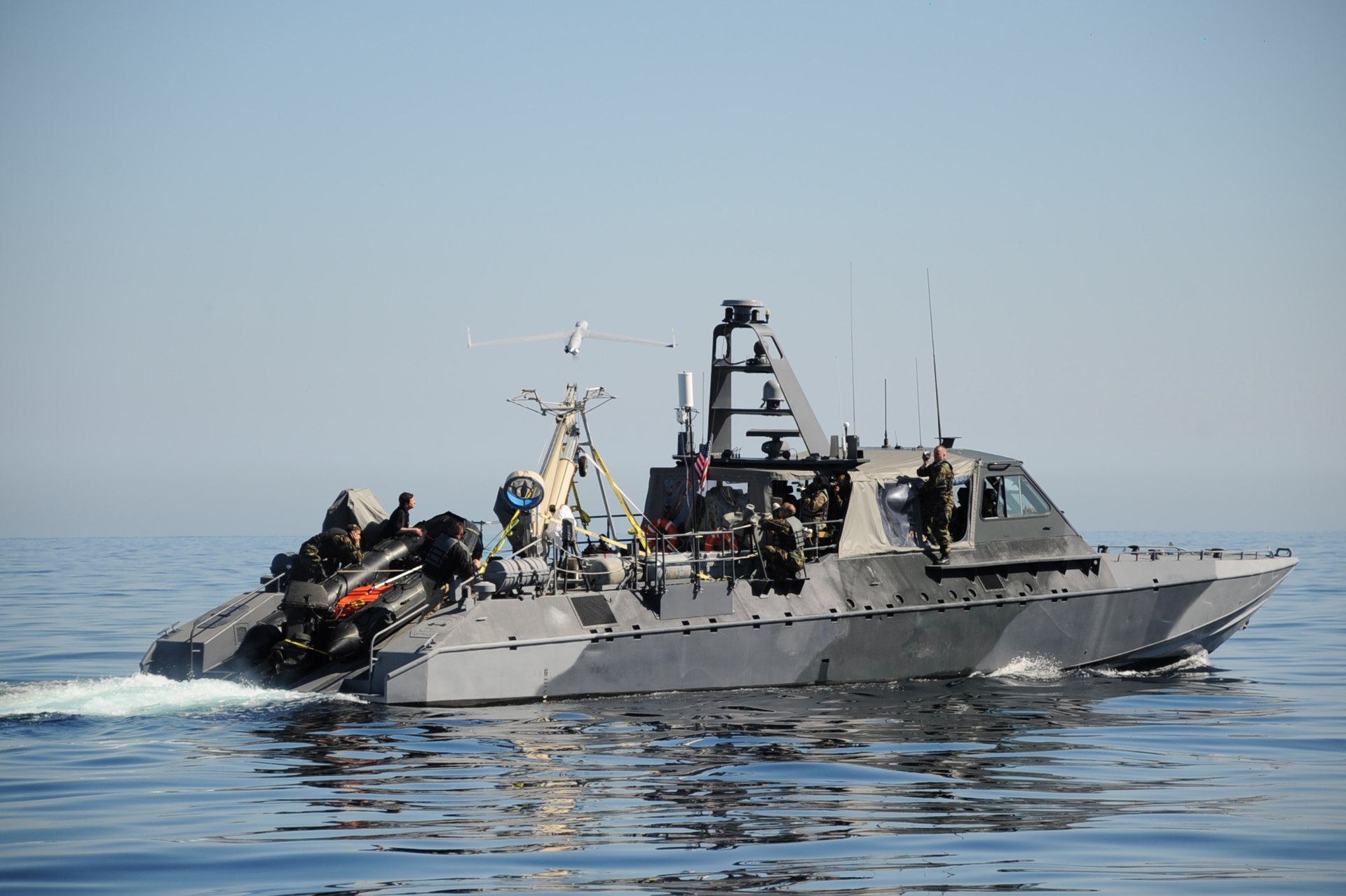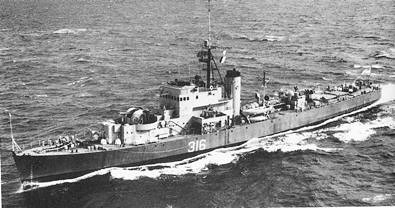DARTMOUTH, Nova Scotia, April 27, 2015 /PRNewswire/ -- Northrop Grumman Corporation's (NYSE: NOC) Sperry Marine business unit has been selected to design and supply gyrocompass navigation systems for 12 Kingston Class coastal defence vessels for the Royal Canadian Navy, as a subcontractor to SNC-Lavalin Defence Programs Inc.
Northrop Grumman Corporation logo.
The contract will include Dual NAVIGAT X MK1™ gyrocompass systems, NAVITWIN IV™ Heading Management Systems and a complete suite of Heading Repeaters. Installation will start in June 2015 and extend through early 2017. Six of the vessels being upgraded are based in Esquimalt, British Columbia and six are based in Dartmouth, Nova Scotia, where the first field tests will be conducted this summer.
Beyond the supply of equipment, the contract will also include system design and configuration, factory acceptance testing, commissioning, harbor acceptance testing, site acceptance testing as well as familiarization training, which will involve 12 trainers.
"Northrop Grumman's advanced gyrocompass systems will modernize the navigation capabilities of these Royal Canadian Navy coastal defence vessels, ensuring fleet readiness," said Jeanne Usher, managing director, Northrop Grumman Sperry Marine.
Northrop Grumman is a leading global security company providing innovative systems, products and solutions in unmanned systems, cyber, C4ISR, and logistics and modernization to government and commercial customers worldwide. Please visit www.northropgrumman.com for more information.
Logo - http://photos.prnewswire.com/prnh/20121024/LA98563LOGO
To view the original version on PR Newswire, visit:http://www.prnewswire.com/news-releases/northrop-grumman-to-provide-gyrocompass-navigation-systems-for-the-royal-canadian-navy-300072249.html
SOURCE Northrop Grumman Corporation









.jpg/300px-HMS_Arabis_(K385).jpg)

